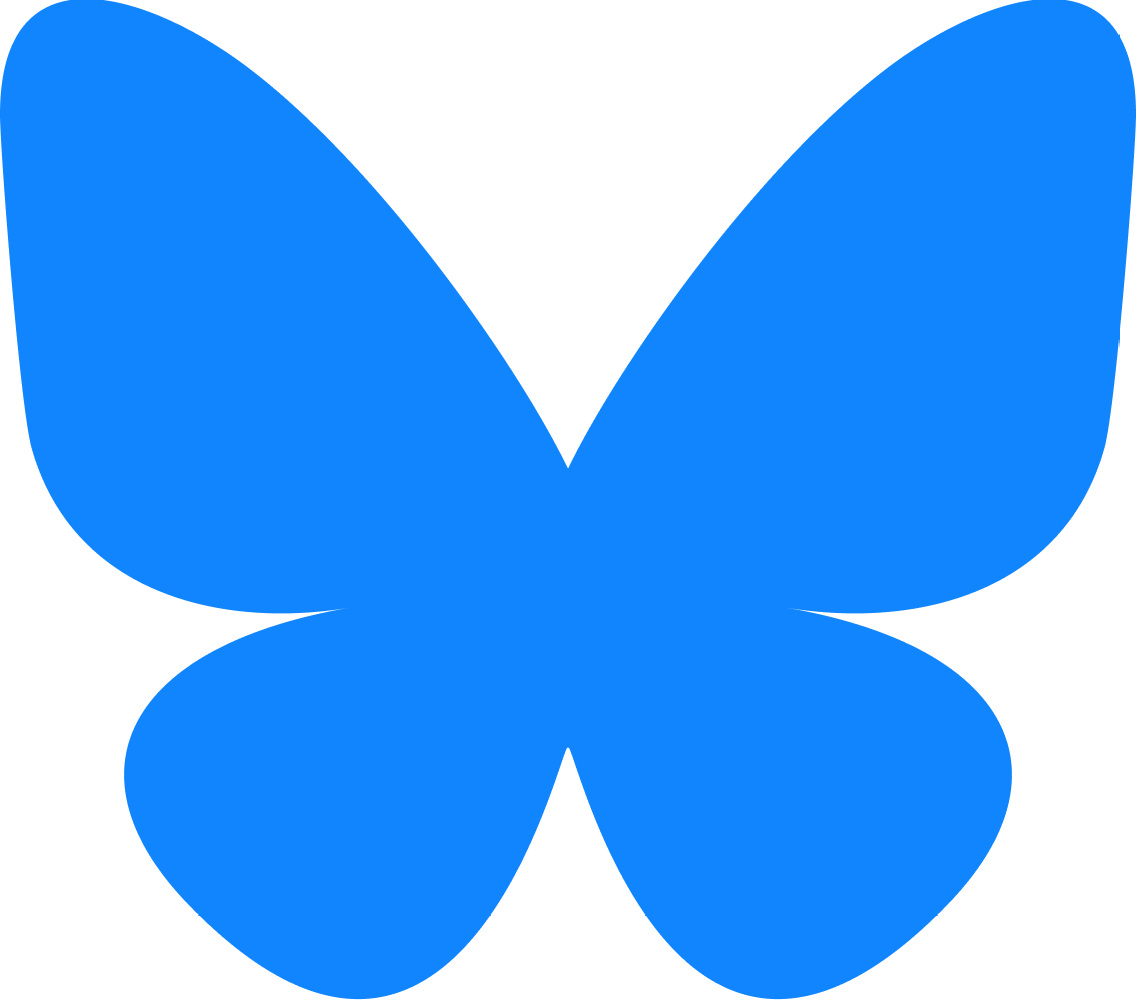Becoming Pheasant
The Making, Unmaking, and Remaking of a Hunted Bird
DOI:
https://doi.org/10.52537/humanimalia.19718Keywords:
Conservation, stewardship, animal history, wildlife management, game animal, landscape, huntingAbstract
Pheasants have long been considered the most hunted bird species in the world. No other “hunting animal” has been bred, released, and shot for as long and as intensively as the pheasant. In the Netherlands, after centuries of actively shaping these birds and the landscapes in which they were hunted, the rearing and release of pheasants is now prohibited. Yet this hunting legacy still shapes how pheasants are regarded — or disregarded — in contemporary nature conservation and management. By analysing historical hunting documents, interviews, and current policies, I trace how the ecologies, relations, and biological selves that make up pheasants have been shaped by hunting practices. I argue that, because of their ambiguous status derived from this hunting past and the changing nature of contemporary landscapes, pheasants are “unmade” and rendered elusive to conservation efforts. At the same time, pheasants have found ways to re-make themselves and make a living in modern landscapes — paradoxically, still in dialogue with hunters — which might be understood as a form of multi-species stewardship. In this way, pheasants defy labels such as wild, domestic, feral, or native, and shed light on how historically formed interdependencies continue to shape contemporary efforts at biodiversity and nature conservation in Anthropocene landscapes.
Downloads
References
Aebischer, N. J. “Fifty-Year Trends in UK Hunting Bags of Birds and Mammals, and Calibrated Estimation of National Bag Size, Using GWCT’s National Gamebag Census.” European Journal of Wildlife Research 65, no. 4 (2019). https://doi.org/10.1007/s10344-019-1299-x.
Albarda, Johan Herman. Aves Neerlandicae: Naamlijst van Nederlandsche Vogels. Leeuwarden: Meijer & Schaafsma, 1897.
Antonisse, J. De jacht in Nederland. Amsterdam: Becht, 1970.
Barton, Loukas, Brittany Bingham, Krithivasan Sankaranarayanan, Cara Monroe, Ariane Thomas, and Brian M. Kemp. “The Earliest Farmers of Northwest China Exploited Grain-Fed Pheasants Not Chickens.” Scientific Reports 10 (2020): 2556. https://doi.org/10.1038/s41598-020-59316-5.
Barua, Maan. “Feral Ecologies: The Making of Postcolonial Nature in London.” Journal of the Royal Anthropological Institute 28, no. 3 (2022): 896–919. https://doi.org/10.1111/1467-9655.13653.
Bennett, Carys, Jan Zalasiewicz, Mark Williams, and Richard Thomas. “How Chickens Became the Ultimate Symbol of the Anthropocene.” The Conversation, 12 December 2018. https://theconversation.com/how-chickens-became-the-ultimate-symbol-of-the-anthropocene-108559.
Benson, Etienne. “Animal Writes: Historiography, Disciplinarity, and the Animal Trace.” In Making Animal Meaning, edited by Linda Kalof and Georgina M. Montgomery, 3–16. East Lansing: Michigan State University Press, 2011.
Boonman-Berson, Susan. “Rethinking Wildlife Management: Living with Wild Animals.” PhD Diss., Wageningen University, 2018. https://doi.org/10.18174/455279.
Braverman, Irus. “The Regulatory Life of Threatened Species Lists.” In Animals, Biopolitics, Law: Lively Legalities, edited by Irus Braverman, 19–37. London: Routledge, 2015.
Bruneel, Dieter, and Leon Wessels. “Verenigd maar verdeeld: Constitutionele debatten over jacht en eigendom in het Verenigd Koninkrijk der Nederlanden.” BMGN: Low Countries Historical Review 134, no. 4 (2019): 4–32. https://doi.org/10.18352/bmgn-lchr.10760.
Buller, Henry. “Introducing Aliens, Reintroducing Natives: A Conflict of Interest for Biosecurity?” In Biosecurity: The Socio-Politics of Invasive Species and Infectious Diseases, edited by Andrew Dobson, Kezia Barker, and Sarah L. Taylor, 183–98. London: Routledge, 2013.
Callicott, J. Baird. Thinking Like a Planet: The Land Ethic and the Earth Ethic. New York: Oxford University Press, 2013.
Cartmill, Matt. A View to a Death in the Morning: Hunting and Nature through History. Cambridge, MA: Harvard University Press, 2009.
Cartouche. “ITBON-wildonderzoek: Fazanten.” De Nederlandse Jager 62, no. 7 (1957): 104.
Cartouche. “Fazanten.” De Nederlandse Jager 84, no. 23 (1979): 813.
Collard, Rosemary-Claire, Jessica Dempsey, and Juanita Sundberg. “A Manifesto for Abundant Futures.” Annals of the Association of American Geographers 105, no. 2 (2015): 322–30. https://doi.org/10.1080/00045608.2014.973007.
Cronon, William. “The Trouble with Wilderness: Or, Getting Back to the Wrong Nature.” Environmental History 1, no. 1 (1996): 7–28. https://doi.org/10.2307/3985059.
Dahles, Heidi. Mannen in het groen. De wereld van de jacht in Nederland. Nijmegen: SUN, 1990.
Dam, J. H. Jagen. Bussum: C. A. J. van Dishoeck, 1962.
ten Den, P. G. A. Achtergronden en oorzaken van de recente aantalsontwikkeling van de fazant in Nederland. Arnhem: Rijksinstituut voor Natuurbeheer, 1989.
Descola, Philippe. Beyond Nature and Culture. Translated by Janet Lloyd. Chicago: The University of Chicago Press, 2013.
Despret, Vinciane. “From Secret Agents to Interagency.” History and Theory 52, no. 4 (2013): 29–44. https://doi.org/10.1111/hith.10686.
Eichler, Lauren, and David Baumeister. “Hunting for Justice: An Indigenous Critique of the North American Model of Wildlife Conservation.” Environment and Society 9, no.1 (2018): 75–90. https://doi.org/10.3167/ares.2018.090106.
Enqvist, Johan Peçanha, Simon West, Vanessa A. Masterson, L. Jamila Haider, Uno Svedin, and Maria Tengö. “Stewardship as a Boundary Object for Sustainability Research: Linking Care, Knowledge and Agency.” Landscape and Urban Planning 179 (2018): 17–37. https://doi.org/10.1016/j.landurbplan.2018.07.005.
Ericus. “Jachtsport: Fazanten (Hoe men ze in den zomer ‘poot’).” De Revue der Sporten 3, no. 28 (1909): 436–39.https://resolver.kb.nl/resolve?urn=dts:1664028:mpeg21.
Errington, Frederick, and Deborah Gewertz. “Pheasant Capitalism: Auditing South Dakota’s State Bird.” American Ethnologist 42, no. 3 (2015): 399–414. https://doi.org/10.1111/amet.12137.
Frederiksen, Aurora. “Haunting, Ruination and Encounter in the Ordinary Anthropocene: Storying the Return of Florida’s Wild Flamingos.” Cultural Geographies 28, no. 3 (2021): 531–45. https://doi.org/10.1177/14744740211003650.
Fry, Tom, Agnese Marino, and Sahil Nijhawan. “‘Killing with Care’: Locating Ethical Congruence in Multispecies Political Ecology.” ACME: An International Journal for Critical Geographies 21, no. 2 (2022): 226–46. https://doi.org/10.14288/acme.v21i2.2054.
Fudge, Erica. “The History of Animals in the Present Moment: Rumination 2.0.” Humanimalia 13, no. 1 (2022): 253–64. https://doi.org/10.52537/humanimalia.11282.
Fuller, Richard. A., and Peter. J. Garson, eds. Pheasants: Status Survey and Conservation Action Plan 2000–2004. Gland: IUCN; Reading: World Pheasant Association, 2000. https://iucn.org/resources/publication/pheasants-status-survey-and-conservation-action-plan-2000-2004.
Fürst. “Het inburgeren van den fazant in de vrije wildbaan.” De Nederlandse Jager 1, no 28 (1896): 1.
G., “Engelsche Fazanterieën.” De Nederlandse Jager 4, no. 44 (1899): 1–2.
Gibbs, Leah, Jennifer Atchison, and Ingereth Macfarlane. “Camel Country: Assemblage, Belonging and Scale in Invasive Species Geographies.” Geoforum 58 (2015): 56–67. https://doi.org/10.1016/j.geoforum.2014.10.013.
Gibson, James J. “The Theory of Affordances (1979).” In The People, Place, and Space Reader, edited by Jen Jack Gieseking, William Mangold, Cindi Katz, Setha Low, and Susan Saegert, 56–60. New York: Routledge, 2014.
Gigliotti, Larry M., Duane L. Shroufe, and Scott Gurtin. “The Changing Culture of Wildlife Management.” In Wildlife and Society: The Science of Human Dimensions, edited by Michael J. Manfredo, Jerry J. Vaske, Perry J. Brown, Daniel J. Decker, and Esther A. Duke, 75–89. Washington, DC: Island Press, 2009.
Gorman, Richard. “Therapeutic Landscapes and Non-Human Animals: The Roles and Contested Positions of Animals within Care Farming Assemblages.” Social & Cultural Geography 18, no. 3 (2017): 315–35. https://doi.org/10.1080/14649365.2016.1180424.
Greenhough, Beth. “Vitalist Geographies: Life and the More-Than-Human.” In Taking-Place: Non-Representational Theories and Geography. Edited by Ben Anderson and Paul Harrison, 37–54. London: Routledge, 2016.
Haraway, Donna. When Species Meet. Minneapolis: University of Minnesota Press, 2008.
van Heijgen, Eugenie, Clemens Driessen, and Esther Turnhout. “The Landscape Is a Trap: Duck Decoys as Multispecies Atmospheres of Deception and Betrayal.” Transactions of the Institute of British Geographers 49, no. 3 (2024). https://doi.org/10.1111/tran.12629.
van Heijgen, Eugenie, Esther Turnhout, and Clemens Driessen. “Haunted by Hunting: A Landscape Genealogy of the Biopolitics, Necropolitics, and Sovereign Power of Red Deer and Wild Boar Management at the Veluwe.” Environment and Planning E: Nature and Space 8, no.1 (2025): 431–53. https://doi.org/10.1177/25148486241301251.
Hermans, A. G. J. Jagerswoordenboek Schiedam: Roelants, 1947.
Hill, David and Peter A. Robertson. The Pheasant: Ecology, Management and Conservation. Oxford: BSP Professional, 1988.
Hinchliffe, Steve. “Reconstituting Nature Conservation: Towards a Careful Political Ecology.” Geoforum 39, no. 1 (2008): 88–97. https://doi.org/10.1016/j.geoforum.2006.09.007.
Holsman, Robert H. “Goodwill Hunting? Exploring the Role of Hunters as Ecosystem Stewards.” Wildlife Society Bulletin 28, no. 4 (2000): 808–16.
Huygen, Will. “De overbodige fazant.” De Nederlandse Jager 98, no, 15 (1993): 539.
Ingold, Tim. Being Alive: Essays on Movement, Knowledge and Description. London: Routledge, 2011.
Ingold, Tim. “Hunting and Gathering as Ways of Perceiving the Environment.” In Redefining Nature: Ecology, Culture, and Domestication, edited by Roy Ellen and Katsuyoshi Fukui, 117–55. London: Routledge, 2020.
Jurgens, A.H.M. Kennis en praktijk van de jacht op waterwild, klein wild en schadelijk wild. Amersfoort: Roelofs van Goor, 1968.
Kalsbeek, G. Fazant, pauw, kalkoen en parelhoen: Geïllustreerd handboekje voor de verzorging en verpleging van deze siervogels. Zutphen: Schillemans & van Belkum, 1902.
Kaufman, Les, and Kenneth Mallory, eds. The Last Extinction. Cambridge, MA: MIT Press, 1993.
Keil, Paul G. “Unmaking the Feral: The Shifting Relationship between Domestic-Wild Pigs and Settler Australians.” Environmental Humanities 15, no. 2 (2023): 19–38. https://doi.org/10.1215/22011919-10422267.
Koninklijke Nederlandse Jagersvereniging. “Fazant.” De Jagersvereniging, accessed 25 April 2024. https://www.jagersvereniging.nl/jagen/diersoorten/fazant/.
Latimer, Joanna, and Mara Miele. “Naturecultures? Science, Affect and the Non-Human.” Theory, Culture & Society 30, nos. 7–8 (2013): 5–31. https://doi.org/10.1177/0263276413502088.
Leopold, Aldo. “The Conservation Ethic.” Journal of Forestry 31, no. 6 (1933): 634–643. https://doi.org/10.1093/jof/31.6.634.
Lien, Marianne E. Becoming Salmon: Aquaculture and the Domestication of a Fish. Oakland, California: University of California Press, 2015.
Lorimer, Jamie. “Nonhuman Charisma.” Environment and Planning D: Society and Space 25, no. 5 (2007): 911–32. https://doi.org/10.1068/d71j.
Lorimer, Jamie. “Counting Corncrakes: The Affective Science of the UK Corncrake Census.” Social Studies of Science 38, no. 3 (2008): 377–405. https://doi.org/10.1177/0306312707084396.
Lorimer, Jamie. Wildlife in the Anthropocene: Conservation after Nature. Minneapolis: University of Minnesota Press, 2015.
Lorimer, Jamie, and Clemens Driessen. “Bovine Biopolitics and the Promise of Monsters in the Rewilding of Heck Cattle.” Geoforum 48 (2013): 249–59. https://doi.org/10.1016/j.geoforum.2011.09.002.
Luke, Brian. ““Violent Love: Hunting, Heterosexuality, and the Erotics of Men’s Predation.” Feminist Studies 24, no. 3 (1998): 627–55. https://doi.org/10.2307/3178583.
Mathevet, Raphaël, François Bousquet, and Christopher M. Raymond. “The Concept of Stewardship in Sustainability Science and Conservation Biology.” Biological Conservation 217 (2018): 363–70. https://doi.org/10.1016/j.biocon.2017.10.015.
Marvin, Garry. “A Passionate Pursuit: Foxhunting as Performance.” The Sociological Review 51 (2003): 46–60. https://doi.org/10.1111/j.1467-954X.2004.00450.x.
Miele, Mara, and Christopher Bear. “More-Than-Human Research Methodologies.” In Key Methods in Geography, 4th ed, edited by Nicholas Clifford, Megan Cope, and Thomas Gillespie, 229–44. London: SAGE Publications, 2023.
Monbiot, George. “The Shooting Party,” Monbiot, 28 April 2014. https://www.monbiot.com/2014/04/28/the-shooting-party/
Nadasdy, Paul. “The Gift in the Animal: The Ontology of Hunting and Human-Animal Sociality.” American Ethnologist 34, no. 1 (2007): 25–43. https://doi.org/10.1525/ae.2007.34.1.25.
Palmer, Alexandra, Volker Sommer, and Josephine Nadezda Msindai. “Hybrid Apes in the Anthropocene: Burden or Asset for Conservation?” People and Nature 3, no. 3 (2021): 573–86. https://doi.org/10.1002/pan3.10214.
Philo, Chris, and Chris Wilbert, eds. Animal Spaces, Beastly Places: New Geographies of Human–Animal Relations. London: Routledge, 2004.
Plumwood, Val. “The Politics of Reason: Towards a Feminist Logic.” Australasian Journal of Philosophy 71, no. 4 (1993): 436–62.
Redmalm, David. “Holy Bonsai Wolves: Chihuahuas and the Paris Hilton Syndrome.” International Journal of Cultural Studies 17, no. 1 (2014): 93–109.
de Rijk, Jan Hendrik. “Vogels en mensen in Nederland 1500–1920.” PhD Diss. Vrije Universiteit Amsterdam, 2015. https://hdl.handle.net/1871/53091.
Rose, Deborah Bird. “What If the Angel of History Were a Dog?” Cultural Studies Review 12, no. 1 (2006): 67–78. https://doi.org/10.5130/csr.v12i1.3414.
Rutherford, Stephanie. “The Anthropocene’s Animal? Coywolves as Feral Cotravelers.” Environment and Planning E: Nature and Space 1 nos. 1–2 (2018): 206–23. https://doi.org/10.1177/2514848618763250.
SOVON. “Staat van instandhouding van de vogelsoorten op de wildlijst. Sovon-rapport 2022/22.” Nijmegen: Sovon Vogelonderzoek Nederland, 2022. https://pub.sovon.nl/pub/publicatie/20510.
SOVON. “Provinciale factsheets Fazant.” Nijmegen: Sovon Vogelonderzoek Nederland, 2023. https://pub.sovon.nl/pub/publicatie/21368.
Swanson, Heather Anne, Marianne Elisabeth Lien, and Gro B. Ween, eds. Domestication Gone Wild: Politics and Practices of Multispecies Relations. Durham, NC: Duke University Press, 2018.
Taylor, Dorceta E. The Rise of the American Conservation Movement: Power, Privilege, and Environmental Protection. Durham, NC: Duke University Press, 2016.
Tsing, Anna. “Unruly Edges: Mushrooms as Companion Species.” Environmental Humanities 1, no. 1 (2012): 141–54. https://doi.org/10.1215/22011919-3610012.
Tsing, Anna. “The Buck, the Bull, and the Dream of the Stag: Some Unexpected Weeds of the Anthropocene.” Suomen Antropologi: Journal of the Finnish Anthropological Society 42, no. 1 (2017): 3–21. https://journal.fi/suomenantropologi/article/view/65084.
Tuan, Yi-Fu. Dominance and Affection: The Making of Pets. New Haven, CT: Yale University Press, 1984.
Uexküll, Jakob von. Umwelt und Innenwelt der Tiere. Berlin: Springer, 1909.
Urlings, Guus. “Mens en Natuur: Hoe lang moet je de fazant als exoot blijven zien?” De Limburger 14 December 2021. https://www.limburger.nl/lifestyle/mens-en-natuur-hoe-lang-moet-je-de-fazant-als-exoot-blijven-zien/22189418.html
Van Dooren, Thom. Flight ways: Life and Loss at the Edge of Extinction. New York: Columbia University Press, 2014.
Von Essen, Erica, and Michael Allen. “Killing with Kindness: When Hunters Want to Let You Know They Care.” Human Dimensions of Wildlife 26, no. 2 (2021): 179–95. https://doi.org/10.1080/10871209.2020.1800145.
Whatmore, Sarah. “Hybrid Geographies: Rethinking the ‘Human’ in Human Geography.” In Environment: Critical Essays in Human Geography, edited by Bruce Braun and Kay Anderson, 411–48. London: Routledge, 2017.
Whatmore, Sarah, and Lorraine Thorne. “Wild(er)ness: Reconfiguring the Geographies of Wildlife.” Transactions of the Institute of British Geographers 23, no. 4 (1998): 435–54. https://doi.org/10.1111/j.0020-2754.1998.00435.x.
Zandhaas. “Betekent het uitzetten van machinaal gebroede fazanten het einde van een natuurlijke stand?” De Nederlandse Jager 82, no. 7 (1977): 236.

Published
Issue
Section
License
Copyright (c) 2025 Eugenie van Heijgen (Author)

This work is licensed under a Creative Commons Attribution 4.0 International License.









